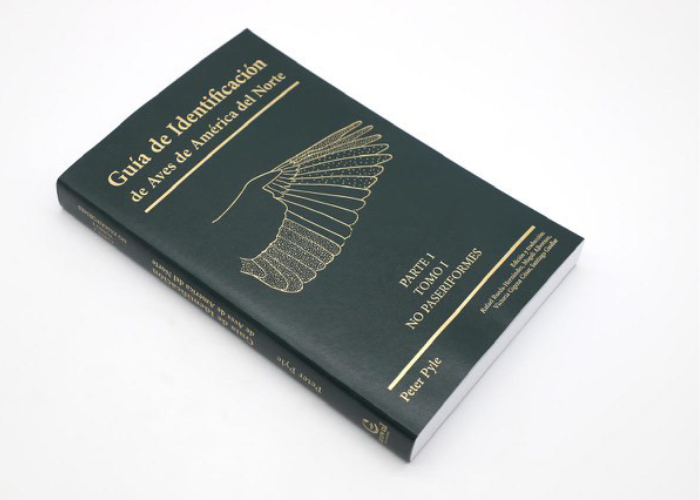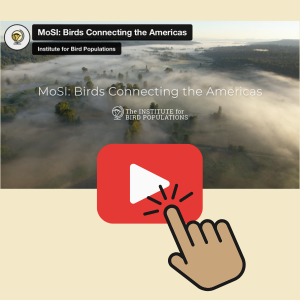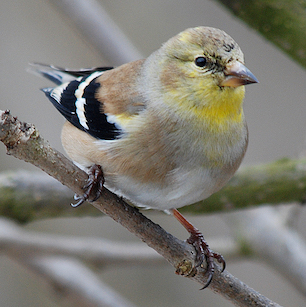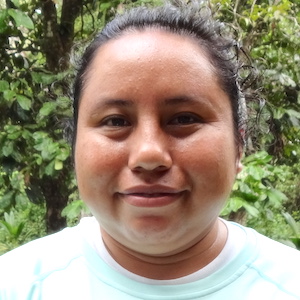Scroll down for English version of text.
¡Buenas noticias! La Guía de identificación de aves de América del Norte, Parte 1, del biólogo del IBP Peter Pyle, se está traduciendo al español. Esta guía será un recurso invaluable para los anilladores de aves de América Latina. La primera sección, desde Columbidae hasta Psittaculidae, ya está disponible en Aveoptica aquí: www.aveoptica.com
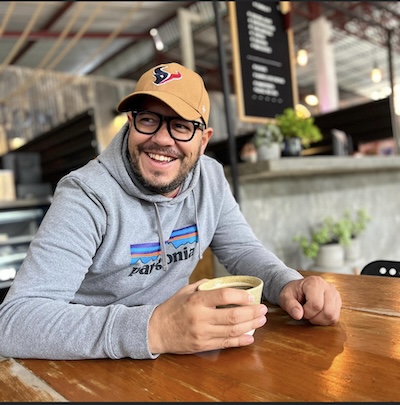
Dr. Rafael Rueda Hernández
La traducción estuvo a cargo del Dr. Rafael Rueda Hernández, quien se desempeñó como editor y jefe del equipo de traducción que incluyó a Magali Albornoz, Victoria Gigena César y Santiago Guallar. Klamath Bird Observatory, Ecoval Ediciones y Aveoptica México financiaron el proyecto. El Dr. Rueda Hernández espera que las ventas de esta primera sección financien la impresión y edición de la segunda sección de la Parte 1 (Tityridae a Thraupidae), así que asegúrese de obtener una copia pronto.
Para obtener más información sobre este proyecto, únase a nosotros en un seminario web presentado por el Dr. Rueda Hernández el 12 de marzo de 2025 a las 3:00 p. m. hora del este/2:00 p. m. hora central/1:00 p. m. hora de las montañas/12:00 p. m. hora del Pacífico. Para obtener más información sobre el seminario web, visite: Próximos seminarios web
El Dr. Rueda Hernández es un investigador independiente que vive en Xalapa, Veracruz, México y se desempeña como Co-Editor en Jefe del Journal of Field Ornithology. Hablamos con él sobre cómo se involucró en el anillamiento de aves.
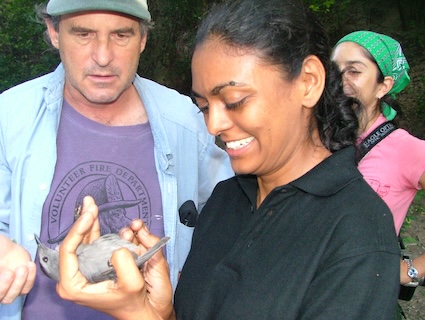
Peter Pyle entrenando anilladores de aves en Veracruz en 2006.
¿Cómo se interesó por primera vez en las aves y el anillamiento de aves?
La primera vez que monté una red fue un cambio radical. Todo lo que podría haber salido mal sucedió ese día, pero afortunadamente no hubo bajas. Después de eso, cuando tuve un ave en mis manos, tratar de entender la muda, determinar la edad y el sexo fue lo que realmente me enganchó. Me convertí en un anillador de aves serio en el invierno de 2004-2005 cuando comencé a operar una estación MoSI en Veracruz. Antes de eso, tuve un par de años de experiencia en pasantías y talleres. He estado estudiando la muda de aves neotropicales durante unos 20 años.
¿Cuál es su lugar favorito para observar aves?
El Río de Rapaces en Veracruz, sin lugar a dudas. Sólo te sientas en el observatorio y puedes observar millones de aves migrar. En general, la migración de otoño en cualquier lugar del centro de Veracruz es simplemente increíble.
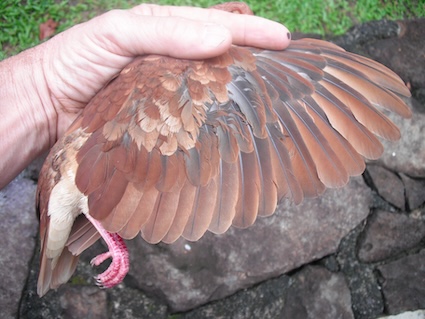
Un anillador estudia el ala de un joven Paloma-perdiz Rojiza.
¿Por qué es tan importante tener una versión en español de la Guía de identificación?
La muda es un aspecto muy complejo de la biología aviar. Ahora, esta información crítica está disponible en una forma que es más accesible al eliminar la barrera del idioma.
¿Cuáles son sus planes para la segunda mitad de la traducción?
Necesitamos que todos los ornitólogos en Latinoamérica tengan su copia y así poder financiar la producción de la segunda mitad ¡Compre la suya!
Now in Spanish! The Identification Guide to North American Birds Part 1
A team led by Dr. Rafael Rueda Hernández has translated the first half of this critical guide and is anxious to start work on the second.
Great news! The Identification Guide to North American Birds Part 1 by IBP biologist Peter Pyle is being translated into Spanish! This translated guide will be an invaluable resource for Latin American bird banders. The first section, from Columbidae to Psittaculidae, is available now from Aveoptica here: www.aveoptica.com
The translation was led by Dr. Rafael Rueda Hernández who served as editor and head of the translation team which included Magali Albornoz, Victoria Gigena César, Santiago Guallar. Klamath Bird Observatory, Ecoval Ediciones, and Aveoptica México funded the project. Dr. Rueda Hernández hopes that sales of this first section will fund the translation of the second section of Part 1, so make sure to get a copy soon!
To learn more about the translation, please join us for a webinar presented by Dr. Rueda Hernández on March 12, 2025 at 3pm Eastern/2pm Central/1pm Mountain/12pm Pacific. For more information on the webinar, please visit: Upcoming Webinars
Dr. Rueda Hernández lives in Xalapa, Veracruz, México and works as an independent researcher and serves as the co-editor-in-chief of the Journal of Field Ornithology. We spoke with him about how he got involved in bird banding.
How did you first become interested in birds and bird banding?
The very first time I set up a net was a game-changer. Everything that could have gone wrong happened that day, but there were thankfully no casualties. Then, when I actually had a bird in my hand, trying to figure out molt, age, and sex was the thing that really hooked me. I became a serious bird bander in the winter of 2004-2005 when I started running a MoSI station in Veracruz. Before that, I had a couple of years of experience from internships and workshops. I’ve been studying molt of neotropical birds for about 20 years now.
Where is your favorite place to bird?
The Veracruz River of Raptors, hands down. You sit there and birds come your way. Also, fall migration anywhere in central Veracruz is just amazing.
Why is it so important to have a Spanish language version of the ID Guide?
Molt is a very complex aspect of avian biology. Now, this critical information is available in a form that is more accessible by removing the language barrier.
What are your plans for the second half of the translation?
We need to sell enough of the first half to finance the production of the second half. So, get yours soon!


